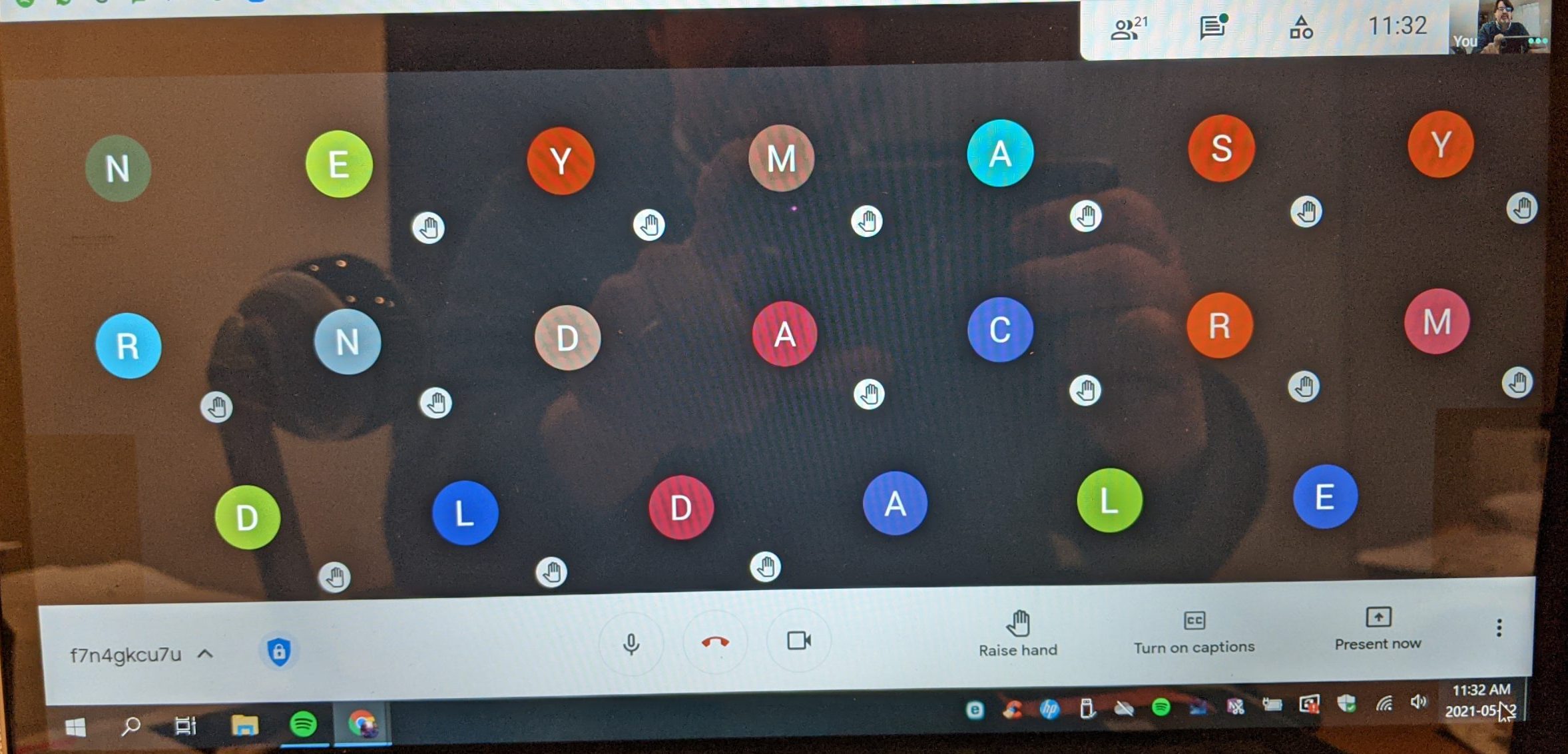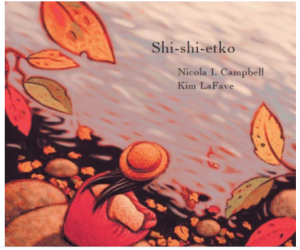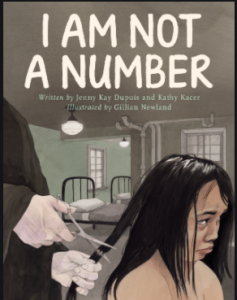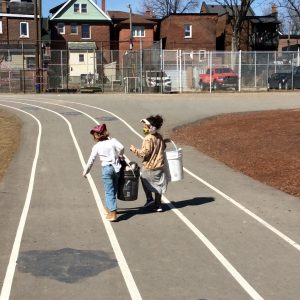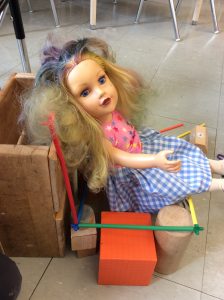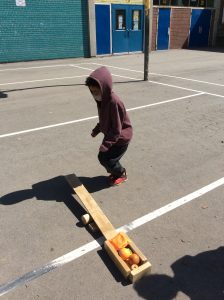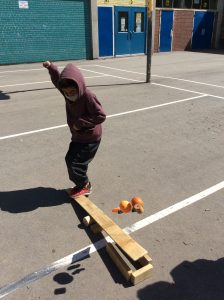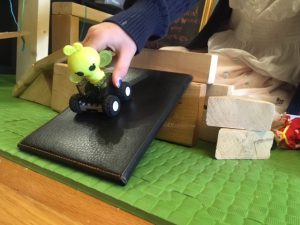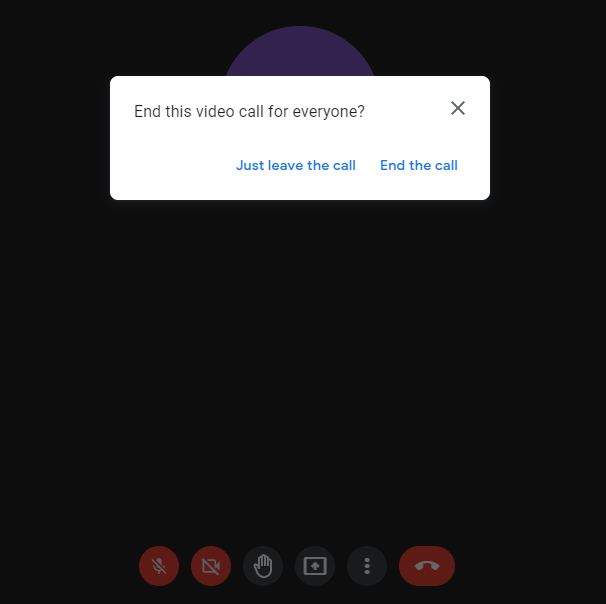
After 10 months of learning at the lag and speed of education during a pandemic, the end of this school year is at hand. Our students and fellow educators have been through so much. Considering the obstacles(emotional, physical, virtual), doubt, stress, isolation, frustration, and constantly shifting plans that elected and system leaders have laid before us, we made it.
I guarantee that not a single soul wishes to do it over again either. It’s time to close the book on lockdown learning in a pandemic. We all get gold stars for our efforts along with some well earned time away from the screens to which we have stared and spoken too frequently. Although, the number of school days can be counted on one hand, I still need both hands and one of my feet to count the digital meetings ahead before logging out for a while. The thought of this got me very excited, perhaps my reward centre released some hormones in anticipation or something neuroscientific like that, but I think it is more likely a sigh of relief. An overdue exhale if you will. I wonder if CO2 levels will rise on the last day of school?
As joyous as this impending summer recovery and associated unstructured time will be for all of us, I wonder what that last day is going to be like for the hundreds of thousands of students we have been serving after we “end the call”? What are you going to do to celebrate? We have a lot to cheer about. I have been weighing that last Google meeting quite heavily this year, and it is understandable considering how many times we have all logged on and off this year.
For my class, I really want to spend time listening to the students, playing social games, and dancing out our time together. This is not unlike the last day at school in real life for me other than copious amounts of candy and snacks. Everything is on the table from Blookets to Buddy Board Games, and from Kahoots to Just Dance vids (see links below). I think that Karaoke (YouTube) might even be on this year’s schedule too. My class loves how well I can sing any song off key and not feel any shame. Anything to send the class off into their summer break with a smile. I want our last meeting to also make sure the students know how much they have been appreciated for their hard work and their commitment to making this year way better than bearable.
So what’s your goto end of year guaranteed goodtime activity? Please feel free to share by adding your favorite to the comments below. However you choose to end your last online class of 2020-21 school, take an extra moment to reflect on what a year it has been for all of us. Celebrate the good that is in your students as you send them off for a safe and restful summer. I know that I am starting to miss my class already, but that we are all ready for a break to recharge our emotional and physical batteries. Before I click end the call maybe I’ll play one more song for us to dance out the year.
Just Dance Choice Tracks
Turn Up the Love – Far East Movement
I’m Blue – Hit that electro beat
Note:
ETFO’s position on in-person learning remains unchanged. The union firmly believes that the daily, in-person model of instruction and support best meets the educational, developmental and social needs of students, provides the best experience for support, and is the most equitable learning model for all students.
ETFO’s expectation is that elementary virtual learning in any capacity, including through hybrid models of instruction, will end once the pandemic ends.

